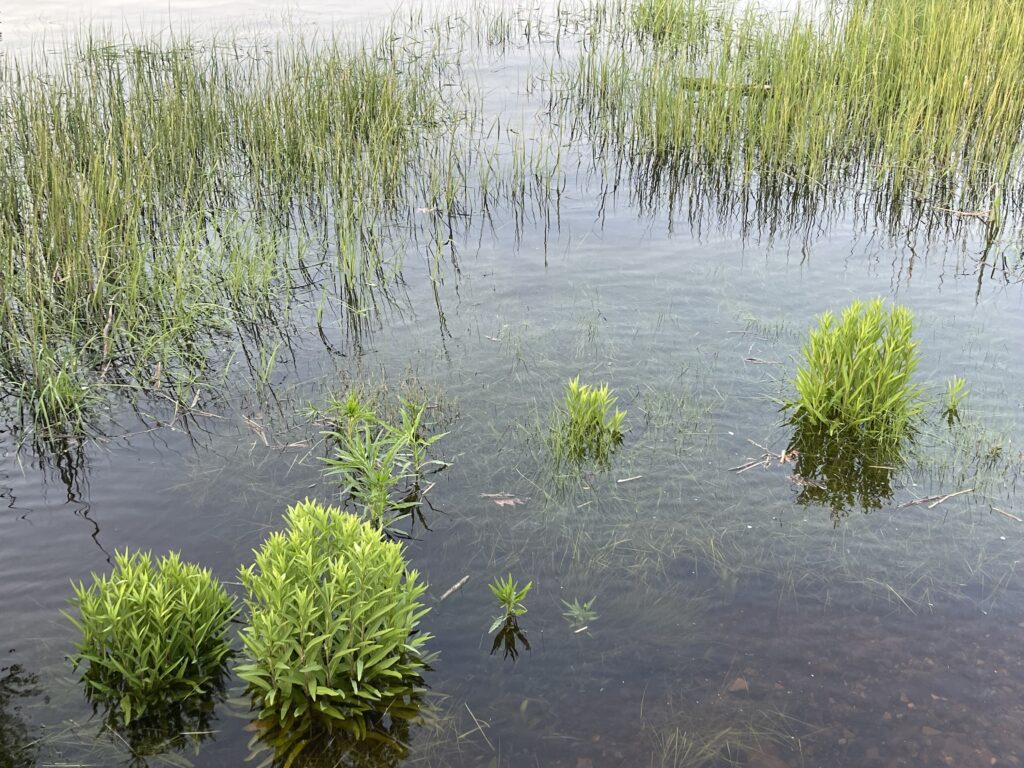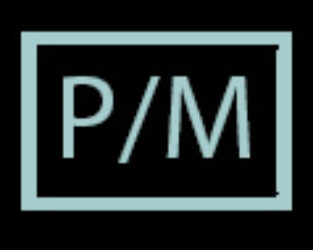
Tapping into creative waters can be difficult enough. We’re often trying to extract music, prose, photography, etc. from what sometimes feels like a muddy, or even dry, stream. So it’s a brilliant feat of magic when we can see our inspirations and artistic ideas come to fruition. But what happens next can determine whether we create art, or turn away from it.
As artists, we often have the desire to share our art – sometimes to get feedback or an opinion from someone we trust, or someone whose perspective we value. Whereas there’s nothing wrong with asking for feedback, how many times have we shifted our creative process, approach to the piece, or even abandoned it altogether when that feedback is negative? In that case, we have taken our highly personal statement and convictions and replaced it with a desire to please. Or worse yet, that feedback made us stop believing in our original artistic idea. Great art can be reflective of many things, but we must not allow it to be so fragile that it can’t survive a critical blow. Some of the most successful artists had to endure reviews and critics calling their art “bad” or worse. If the extremely successful band Black Sabbath listened to their nay-sayers, they might have never left Birmingham.
That said, rethinking art is definitely part of the creative process. Art evolves and changes with the artist – that’s not going to change. But outside input comes from a perspective that can never fully understand how and why you have come to your artistic conclusions. Art created as the result of a deeply held conviction, either reflective, or channelled by the artist, carries an authenticity and edge that cuts right through our psyche and through to our hearts. When that conviction is watered down, our ability to connect with it is changed – most of the time for the worse.
Conviction can be a double-edged sword. It can give us the strength to navigate through the creative process and see our ideas though, despite opposing forces. But, if we’re not careful, it can silo our creative thoughts and make us impervious to the very environment that may otherwise be inspiring us. So, it remains a delicate dance indeed, a creative mine-field where we carefully step forward, attempting to avoid artistic detonation. To add yet another painfully deployed metaphor, conviction is like a seed, but how do we water that seed enough to make it grow? The answer is through confidence.
Lack of confidence destroys conviction and suggests that our ideas and the results of our creative process aren’t good enough for general consumption. The truth is, a lack of confidence can kill the most valid and profound convictions. In other words, it’s the enemy of art. For some of us, having a strong sense of confidence is a challenge, especially when we experience other people’s art. “Damn, how can I compete with that?” Imagine how humbled the Beatles were trying to create music despite their contemporaries and influences? But that didn’t stop them. They had confidence to help fuel their conviction. But like too much water on the seed, too much confidence can kill your art by limiting your ability to be objective and see things as they are. So, careful with that rockstar ego!
Create art like a master chef – from your heart and soul – with conviction and confidence. Don’t worry about those critical opinions . . . your art will resonate with those who feel it for what it is. Whether that resembles what originally inspired you, or something completely different, you would have moved them. And that should make you feel wonderful. Will your art be as good as that which came before it? Maybe even better – that’s subjective – and the point of this article . As an artist, the only thing you can ultimately control is the sincerity and conviction of what you create. And the pathway to preserving that conviction is through confidence. When those two are evident in your art, I promise – there are people out there who will notice.
M.
